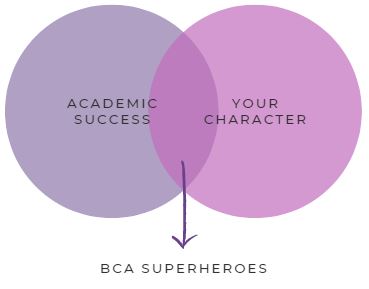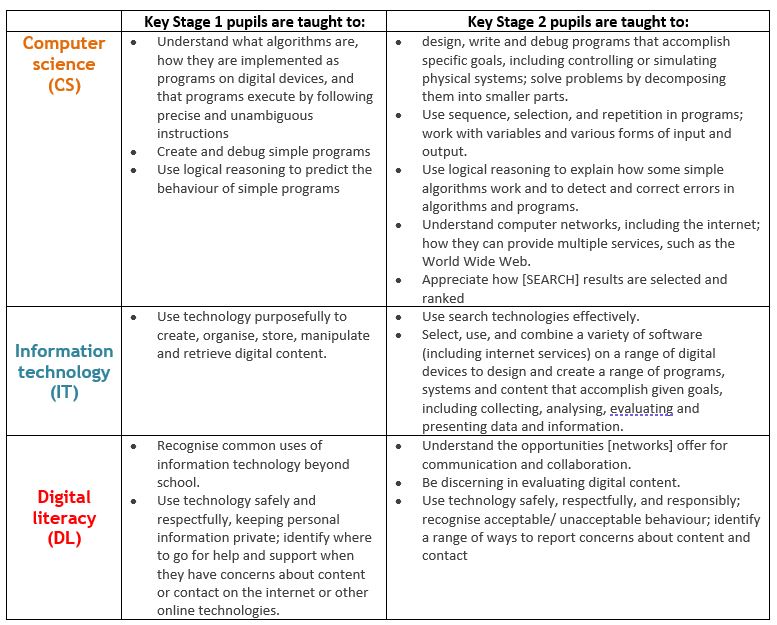Computing
Intent

At Bishop Creighton Academy we understand the immense value that technology plays not only in supporting the Computing and whole school curriculum but overall, in the day-to-day life of our academy. Our aims are to fulfil the requirements of the National Curriculum for Computing whilst also providing enhanced collaborative learning opportunities, engagement in rich content and supporting pupil’s conceptual understanding of new concepts which support the needs of all our pupils.
Our Computing curriculum aims to develop the heart and mind of every child. Computing teaching at Bishop Creighton Academy has links with mathematics, science and design and technology and our aim is to provide a broad and balanced curriculum whilst ensuring that pupils become digitally literate and digitally resilient. Technology is ever evolving, and we aim to develop pupils who can use and express themselves, develop their ideas through information and communication technology at a suitable level for the future workplace, and to be active participants in a digital world.
Implementation
Our Computing progression model is broken down into three areas that make up the computing curriculum.
In order to meet the aims of the National Curriculum for Computing, we have identified the following five strands:

Our curriculum is a spiral curriculum, with essential knowledge and skills revisited with increasing complexity, allowing pupils to develop their computing knowledge and skills by revisiting and building on previous learning. Lessons incorporate a range of teaching strategies from independent tasks, paired and group work as well as unplugged and digital activities.
Teachers and pupils are taught the importance of health and safety and online safety. Although we teach online safety in discrete lessons, it is also taught regularly in everyday situations and across subjects to ensure pupils learn how to use technology safely and respectfully, particularly focusing on the safe use of the Internet. Pupils are taught to keep personal information private and identify where to go for help and support when they have concerns about content or contact on the internet.
All staff and pupils have their own Microsoft Office 365 account with OneDrive and Class OneNote being used to store and share work.
Impact
By the end of KS1, pupils will have developed logical reasoning to predict the actions instructed by a code and debug simple programs. They will begin to use technology for a range of purposes to create and present information. Pupils will recognise the need to use technology safely, particularly keeping personal information private.
By the end of KS2, pupils will use their logical reasoning to create their own complex algorithms using sequences and variables. They will select a range of software and devices to collect, analyse, evaluate and present data. Pupils will recognise how to behave responsibly online and recognise the possible consequences of online sharing and spending too much time online.


